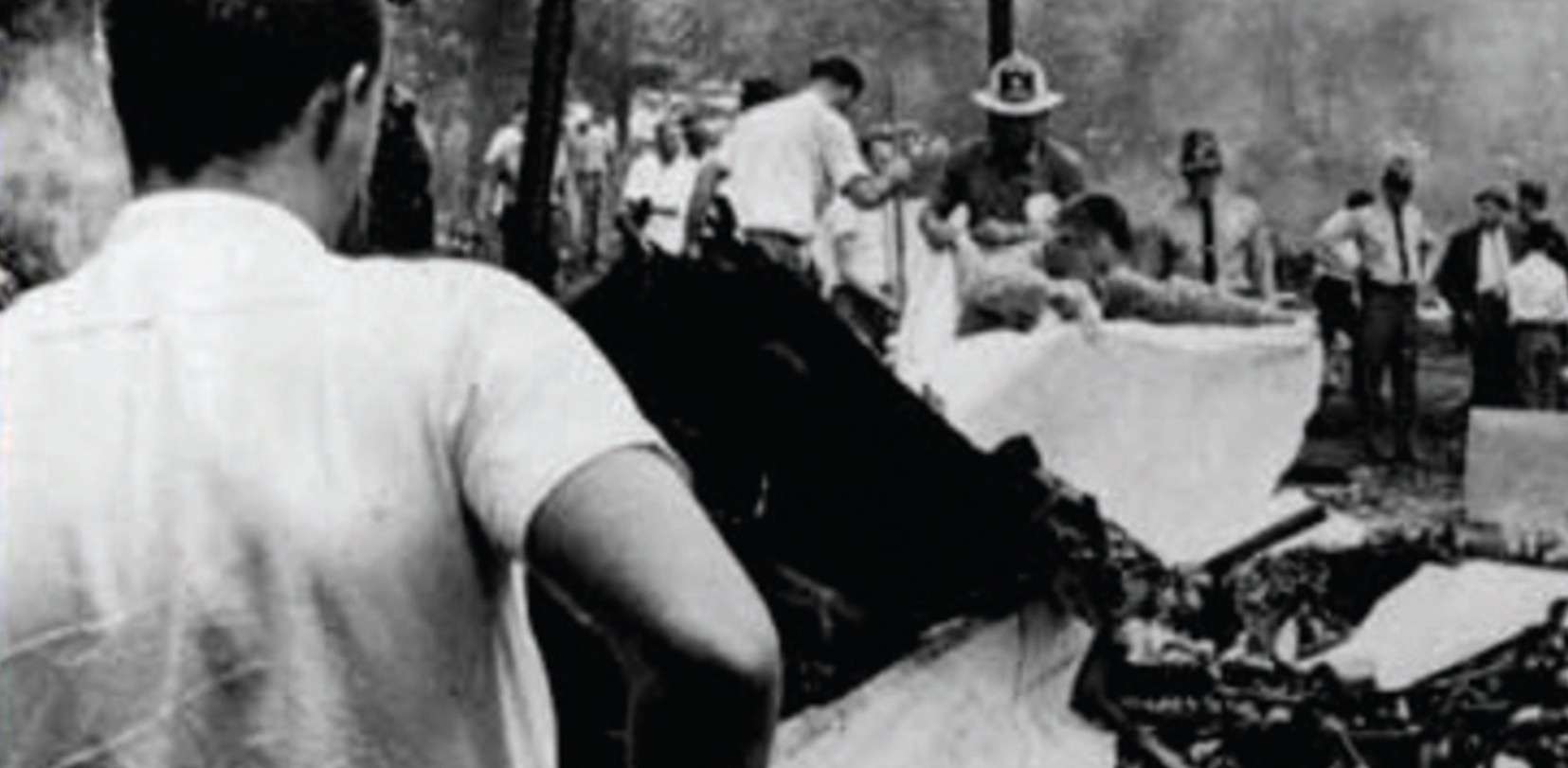The Sunshine Lady of Hendersonville
By: Dan Gibbs
Lelia Maud Davidson Hansell was born June 25, 1861 in Charlotte, North Carolina. She and her husband Judge C.P. Hansell, had moved to Hendersonville from Thomasville, Georgia a little over a year before her death. Although she only lived in Hendersonville about 18 months, she brought national attention to Hendersonville because of the unusual way that she wanted to be interred when she passed away.
The reason the Hansell’s moved to Hendersonville was because she had contracted tuberculosis and they came because of Hendersonville’s climate and the many tuberculosis sanitarium’s that were located in the area.
During the last year of her life, Mrs. Hansell became afraid of going through eternity in total darkness and she got her husband to build her an above ground vault with thick squares of prism glass so the sun would shine on her for all eternity. She was buried in Oakdale Cemetery on Highway 64 in Hendersonville in early December of 1915. She was buried in a plot that was always in the sun.
Word soon got out about her unusual burial vault and curiosity seekers began to flock to her burial site. In an article in American Weekly magazine in 1927 people began reporting that they could see her skeleton inside the vault. The viewers reported seeing different things from a skeleton clothed in a dress to a vault filled with flowers to a skeleton that seemed to be smiling.
By 1937, the management at Oakdale Cemetery had enough of the viewers to her vault and they had the top covered by concrete. Their first solution had been to paint over the prism glass with black paint but it was quickly scratched off so curious onlookers could see what was contained inside. The Sunshine Lady of Hendersonville’s story continues to draw attention to Oakdale Cemetery as many articles have been written about her unusual arrangement. There is an excellent article on www.weirduniverse.net about the Sunshine Lady of Hendersonville and in the early years, the story drew national attention. American Weekly and the San Francisco Examiner did stories on her in 1927.







